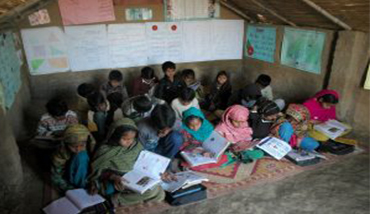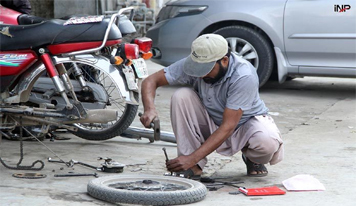Health status. Communicable diseases have always been the prime cause of mortalities in Pakistan. The reason for the rapid spread of these diseases include overcrowded cities, unsafe drinking water, inadequate sanitation, poor socioeconomic conditions, low health awareness and inadequate vaccination coverage.

Education
Education has been treated like a step child. The lowest budget has been awarded to the system of education since the establishment of Pakistan which has weakened the foundation of the quality in the education system. The education system, hence, has failed to raise the nation economically, politically and socially.
Water
Currently, Pakistan is categorized as a water-scarce country because the yearly water availability is less than 1,000 cubic meters per person. If it reaches 500 cubic meters, it will become a country that is absolute scarce of water by 2025. Pakistan is one of the top five countries worldwide in improving access to clean water.
Shelter Homes
Currently, Pakistan is estimated to have a population of 220 million. With a growing population, the nation faces limitations to shelters and standards of living. The gap between those who are homeless and those living well off in urbanized areas only seems to be increasing.

Capacity Building
Capacity building is the need of every individual, institution, and society. Its become more crucial for the special children, especially visually impaired children. Special assistance, support, facilities, services, treatment and training technique provided to visually impaired children.
Food
Pakistan is facing a major challenge of meeting food security and nutrition targets. FAO estimates show that the Prevalence of Undernourishment in Pakistan is 20.3%, and the marginal reduction has been erased by population growth such that 40.0 million are not getting enough food.
